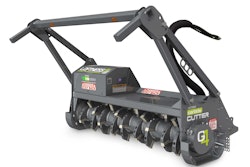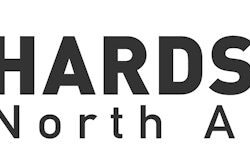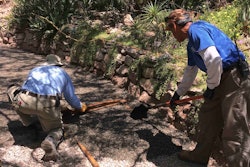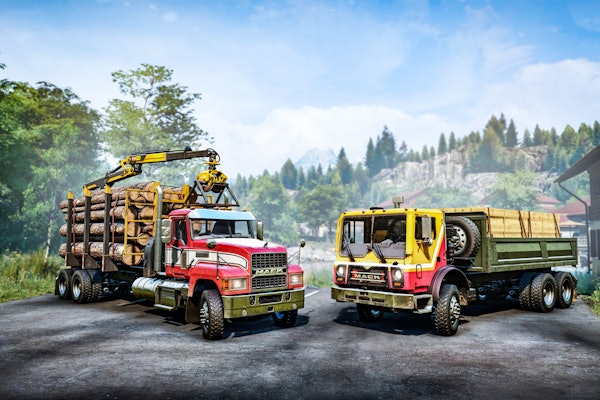
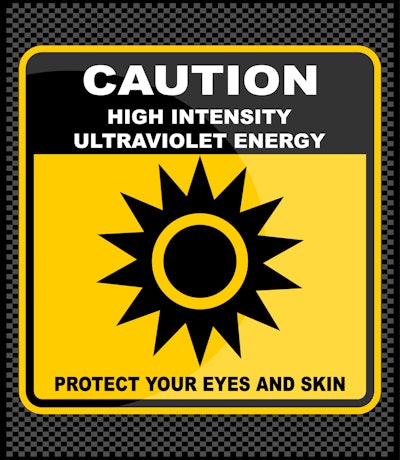 Graphic: Shutterstock
Graphic: ShutterstockProfessional landscapers don’t pay lip service to safety. The potential costs are just too high.
On the hottest of days, a worker operating an edger beside the roadway would probably just as soon dispense with any additional clothing, even a lightweight fluorescent vest. They wear them anyway because management has made it clear that doing so is imperative.
And what about the edger itself, or any number of handheld power tools – not to mention commercial mowers – equipped with safety guards of one kind or another? Removing the guards invariably makes the machinery lighter and may even make them less of a chore to maintain. At a professional landscape management company, you can bet those safety guards will remain in place.
If there’s one safety precaution that occasionally slips through the cracks at even the best of landscape companies, it’s probably sunburn. Landscaping is seasonal work and the busiest time is when the days are longest. Chances are, managers will take care to ensure their crews have access to plenty of water and may even insist that short breaks be taken regularly to guard against heat exhaustion.
Sun exposure, however, just seems to come with the territory.
That’s why it’s important to remember these two hard facts from the National Council on Skin Cancer Prevention: First, ultraviolet (UV) rays are a “proven human carcinogen;” and secondly, there’s no such thing as a safe suntan.
Unfortunately, a responsible safety policy with respect to sunburn involves one key measure that seems almost cruel to ask of workers doing strenuous labor on hot summer days. Even so, every organization that provides advice on UV exposure – from the Occupational Safety and Health Administration (OSHA) to the National Cancer Society – says it’s crucial that workers wear long-sleeve shirts and long pants for protection.
Other musts include sunscreen, preferably the water-resistant variety, with an SPF factor of at least 15. It should be reapplied every two hours when a worker is perspiring heavily.
Also needed are sunglasses that block all, or nearly all, UV rays.
In addition, OSHA (among other agencies) strongly recommends that workers dispense with their baseball hats and wear broad-brimmed hats instead. Ears are particularly susceptible to sunburn – and a common site of skin cancer – so broad-brimmed hats are recommended even if a worker takes care to apply sunscreen to his ears.
Finally, perhaps the hardest recommendation to heed is the experts’ advice that exposure to the sun be limited as much as possible, especially between 10 a.m. and 4 p.m.
Given the necessity to finish one job and move on to the next, limiting exposure may seem altogether impractical. Still, to the extent possible, crew foreman may want to rotate workers from sunny to shaded areas of the jobsite.
If taking such steps seems a little over the top, it’s worth remembering that the deadliest form of skin cancer, melanoma, kills someone in the United States every 52 minutes. And while the incidence of many common cancers is falling, cases of melanoma are rising at a rate faster than any of the seven most common forms of cancer.
The National Council on Skin Cancer Prevention estimates that 76,380 new cases of melanoma will be diagnosed in the United States this year. The risks of becoming one of those cases doubles, on average, if a person has had more than five sunburns.
For landscapers, exposure to the sun is such an integral part of the job that it’s easy to take for granted – in other words, never give it a thought. It’s up to owners and managers not to let that happen.


